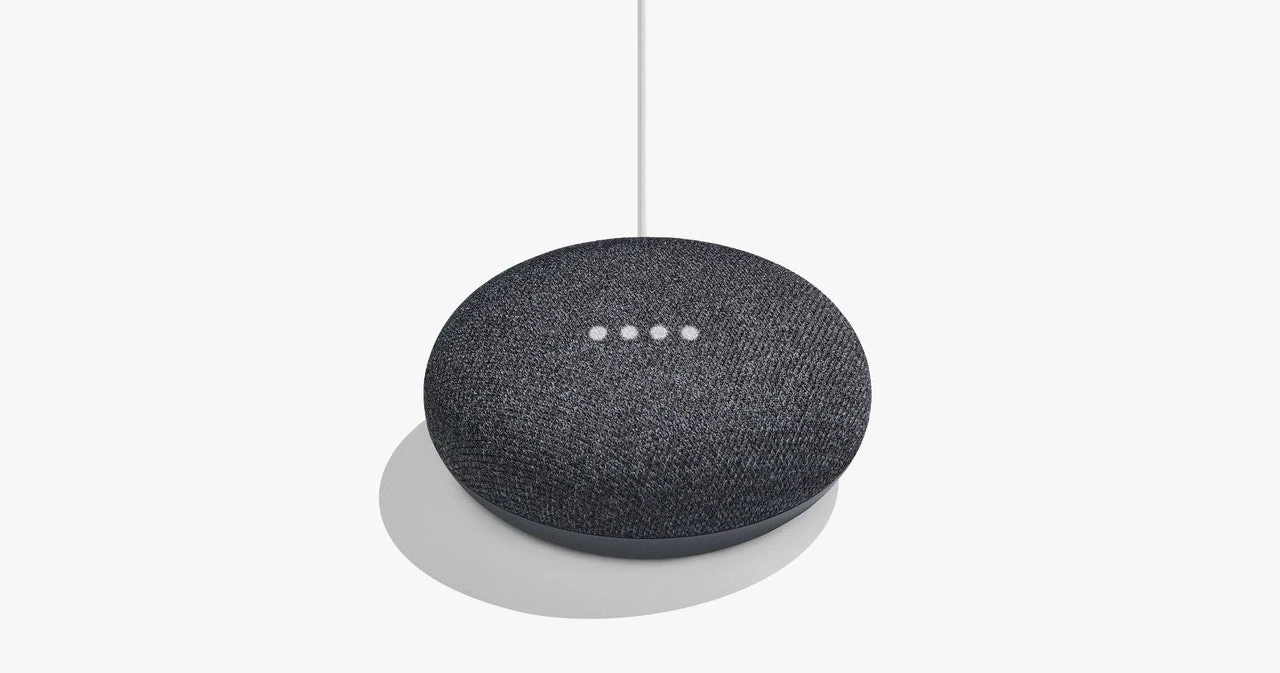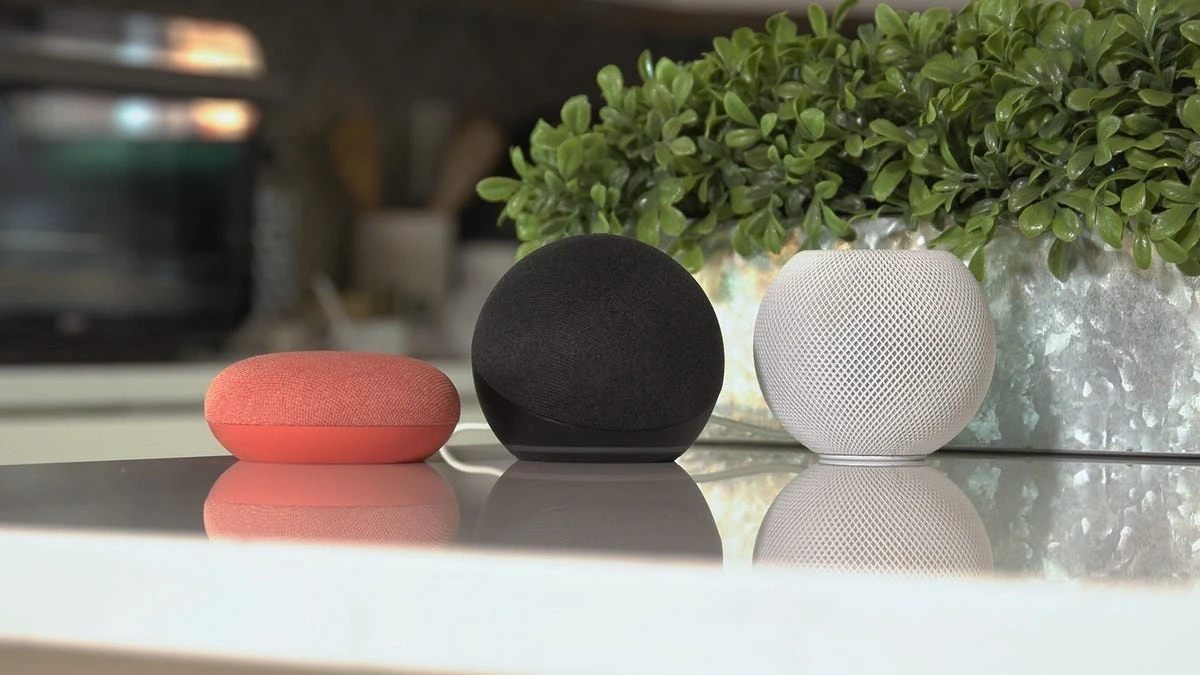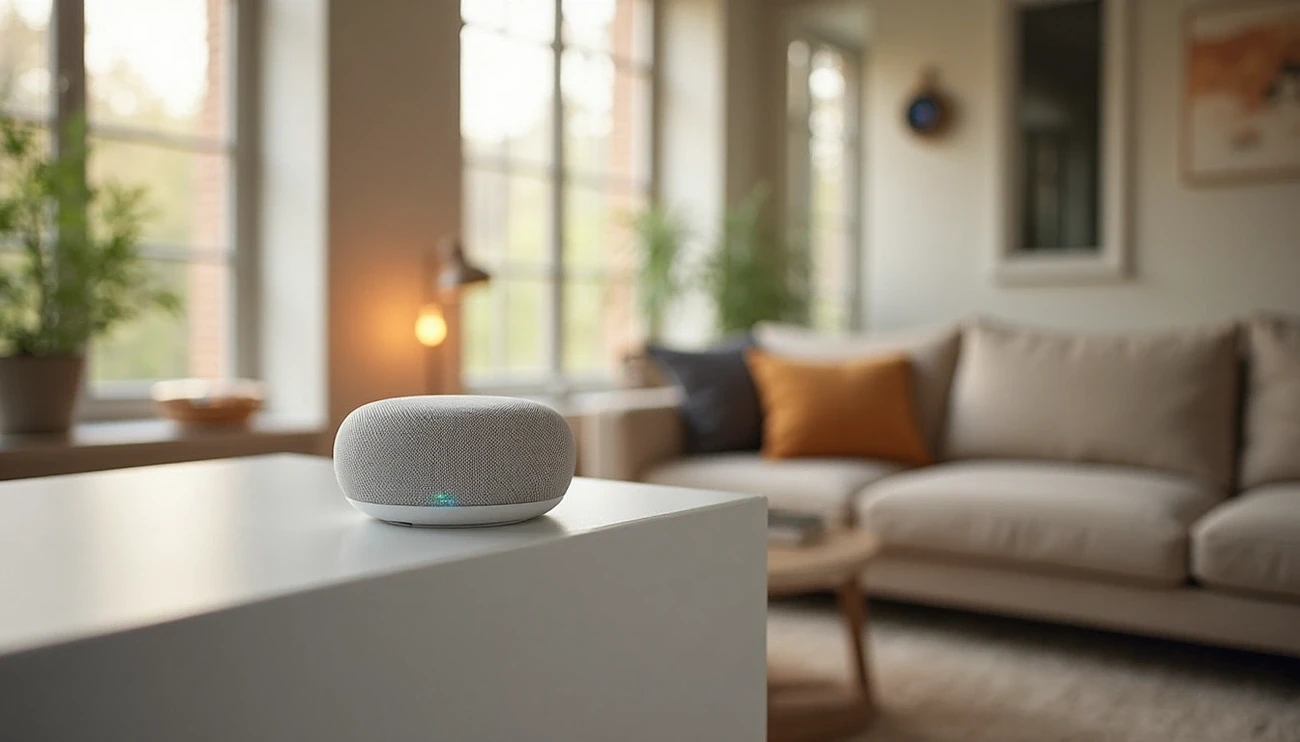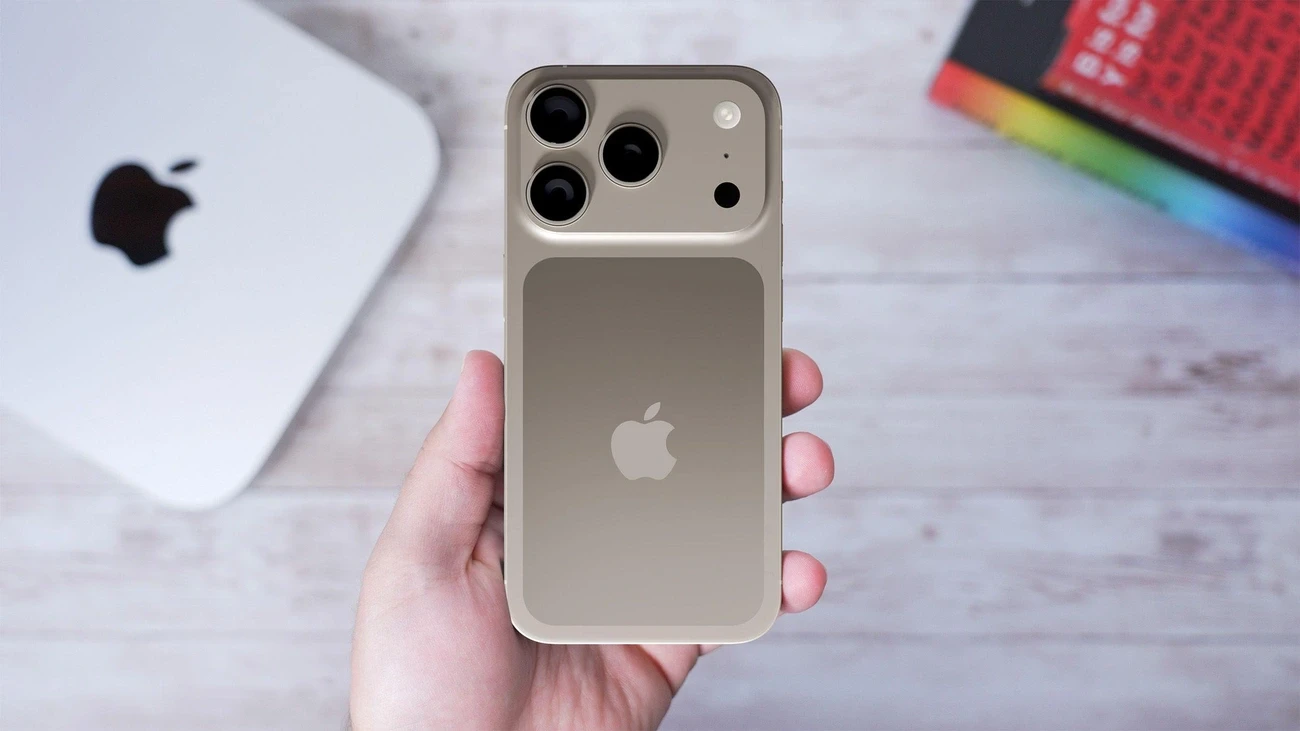Jul 3, 2025
Google Home Mini in 2025: Still Worth Buying? Real Testing Results
The Google Home Mini continues operating effectively in 2025 despite Google's decision to discontinue the device, recent testing confirms. Launched in 2017 alongside the Google Pixel 2 at USD 49, the compact smart speaker introduced millions of users to voice assistant technology before Google marked it as "No longer available" in their official store.
Google's June 2025 update delivered expanded device integration and enhanced control options across the entire Home lineup, maintaining ecosystem support for the discontinued device. Third-party retailers continue selling remaining stock, though often at prices exceeding the original retail cost.
The security support window presents a key consideration for current users. Google committed to automatic security updates for at least 5 years from the release date, meaning coverage ended on October 22, 2024. Existing devices now operate beyond their official support period.
Current alternatives offer notable improvements over the original Mini:
The Nest Mini delivers twice the bass power through its custom 40mm driver
Modern smart speakers support Matter, the universal smart home device standard
Thread technology in newer devices creates stronger connections while consuming less power
Despite these advances, the original Google Home Mini maintains core functionality:
Complete Google Assistant integration
Smart home device control for over 80,000 compatible products
Intercom capabilities between rooms
Music streaming from major services
For existing owners, the Google Home Mini remains a capable assistant in 2025. New purchasers face a different calculation: the Nest Mini provides improved sound quality, an additional microphone, wall-mounting capability, and Bluetooth 5 support at the same USD 49 price point.
The device marked Google's initial major entry into consumer homes. While newer alternatives deliver enhanced features, this compact speaker continues serving existing users effectively.
Current capabilities of the Google Home Mini

Image Source: WIRED
The hockey-puck sized device maintains substantial functionality for 2025 users through regular software updates. Despite its compact dimensions, the Mini continues operating as more than a basic smart speaker.
Voice Assistant: Google Assistant Capabilities
Two far-field microphones enable voice recognition from across typical rooms when users say "Hey Google." The system incorporates Voice Match technology, delivering personalized responses based on individual household members' voices.
Core assistant functions include:
Weather, traffic, and calendar information requests
Timer, alarm, and reminder management through voice commands
Phone location services that trigger ringing even when devices are silenced
The June 2025 update introduced enhanced automation features and expanded device integration, maintaining the Mini's relevance alongside newer alternatives.
Audio Quality: Music, Podcasts, and More
Sound delivery occurs through a 40mm driver with 360-degree audio projection. Bass response remains limited, though vocal clarity proves adequate for podcast listening and news consumption.
Audio format compatibility spans HE-AAC, LC-AAC, MP3, Vorbis, WAV, Opus, and FLAC with support for high-resolution streams reaching 24-bit/96 kHz quality. Bluetooth 4.1 connectivity allows streaming from smartphones and tablets.
Smart Home Integration: Lights, Thermostats, and TVs
The device functions effectively as a smart home control hub. Compatible devices encompass:
Smart lighting systems and power outlets
Climate control and thermostat management
Television and entertainment equipment
Security camera systems and video doorbells
Routines functionality enables simultaneous device scheduling based on voice commands, predetermined schedules, or presence detection. Recent updates added enhanced smoke detector integration and expanded smart lock compatibility.
Design and Build: Wall Mount and Recycled Materials
Physical specifications measure 98mm in diameter and 42mm in height with fabric covering for durability. The newer Nest Mini version incorporates fabric made from 100% recycled plastic bottles, while approximately 35% of the chassis contains recycled materials.
Wall mounting through the included screw slot offers practical placement flexibility. This configuration conserves counter space while potentially improving audio quality through wall resonance effects.
Google Home Mini setup and operation remain straightforward in 2025
The Google Home Mini setup process requires minimal technical knowledge, with most users completing initial configuration within 10 minutes. The device's accessibility features and intuitive controls maintain their effectiveness despite the product's discontinuation.
Setup process unchanged from launch
Setting up a Google Home Mini follows the same procedure established in 2017:
Connect the device to a power outlet
Download the Google Home app on a smartphone
Open the app and select "Get started," then authenticate with a Google account
The app automatically searches for new devices on the WiFi network
Select "Set up" when the Mini appears
Complete WiFi connection and preference configuration through on-screen prompts
The process typically takes 5-10 minutes to complete. Connection issues often resolve when phone language settings match regional settings.
Voice recognition supports multiple household members
Voice Match technology enables up to 6 people in a household to receive personalized responses. The feature allows individual Google Account linking for customized calendar updates, music preferences, commute information, and news briefings.
Setup requires saying "Hey Google, learn my voice" to the device, then following prompts to train the Assistant. Each household member repeats this process to establish their voice profile.
Factory reset procedures vary by model generation
Device reset requirements differ between the original Google Home Mini and later Nest Mini:
Google Home Mini (1st generation) reset involves locating the small circular button on the device bottom and pressing and holding for 15 seconds until hearing confirmation audio.
Nest Mini (2nd generation) reset requires switching the microphone off until lights turn orange, then holding the center area where lights appear for approximately 15 seconds until reset confirmation sounds.
Factory resets erase all customizations and preferences, requiring complete device reconfiguration.
Physical controls and status indicators
The Mini's touch-sensitive surface provides volume control through side taps - right side increases volume in 10% increments while left side decreases volume. Long presses on either side play or pause music and end calls.
Four white LED lights indicate device status: solid lights show response to "Hey Google" commands, lights moving left to right indicate processing, pulsing lights signal active responses, and orange lights confirm microphone deactivation. These visual indicators communicate device activity without audio feedback.
Google Home Mini performance measured against current alternatives

Image Source: CNET
Smart speaker selection in 2025 depends on technical specifications and ecosystem compatibility rather than price alone. Analysis of the original Google Home Mini against newer devices reveals significant performance gaps in key areas.
Nest Mini delivers measurable improvements over original design
The Nest Mini (2nd Gen) addresses several limitations found in the original Google Home Mini through hardware upgrades:
Sound output: Nest Mini produces twice the bass power using the same 40mm driver configuration
Voice recognition: Three far-field microphones in Nest Mini versus two in the original, improving command detection accuracy
Physical controls: Nest Mini includes fully functional touch controls, addressing reliability issues from the first generation
Installation options: Built-in wall mounting capability eliminates need for additional accessories
Construction materials: Nest Mini fabric contains 100% recycled plastic bottles
Bluetooth connectivity advanced from version 4.1 in the original to 5.0 in the Nest Mini. The USD 10 price difference between models primarily reflects these audio quality improvements.
Amazon Echo Dot specifications exceed Google's offering in several categories
Comparative testing reveals specific advantages for Amazon's current Echo Dot:
Environmental performance: Echo Dot maintains voice recognition accuracy in higher noise conditions
Audio output: Echo Dot produces superior sound quality within the sub-$50 price category
Device compatibility: Google Home Mini supports over 50,000 smart home devices
Form factor: Echo Dot's spherical design contrasts with the Home Mini's disc shape
Additional capabilities: Echo Dot includes temperature sensing and Eero mesh network extension
Ecosystem selection typically determines the optimal choice—Google Assistant integration suits users of Google services, while Alexa compatibility benefits Amazon ecosystem users.
Nest Audio justifies higher cost through substantial audio improvements
Users considering significant upgrades face these technical differences:
Driver configuration: Nest Audio employs a 75mm woofer and 19mm tweeter compared to the Mini's single 40mm driver
Room coverage: Nest Audio fills medium-sized spaces effectively while the Mini suits personal listening
Stereo functionality: Two Nest Audio units create premium stereo sound for USD 200 total
Streaming performance: Nest Audio reduces latency over Chromecast connections
At USD 100, Nest Audio costs twice the Mini's price but delivers substantially better audio performance for music-focused users. The Mini remains adequate for basic voice assistant functions and casual audio playback.
Smart speaker pricing reflects market discontinuation
The Google Home Mini's discontinuation has created a fragmented pricing landscape across retailers in 2025. Market analysis reveals significant price variations for remaining stock, with availability becoming increasingly limited.
Retail availability shows price inflation
Google's official discontinuation of the original Home Mini has pushed consumers toward secondary markets. Current pricing data shows:
Amazon marketplace sellers: USD 69.95-79.99
Third-party retailers: USD 49.00 (original MSRP)
Specialty stores: USD 55.00-144.99 for used/refurbished units
The Google Nest Mini (2nd generation) maintains its USD 49.00 MSRP, matching the original Mini's launch price. Amazon's Echo Dot (5th Gen) retails for USD 49.99, creating near-identical pricing across competing products.
Feature analysis supports newer alternatives
Market evaluation suggests the original Mini offers limited value proposition in 2025:
Core functionality includes:
Complete Google Assistant integration with real-time responses
Smart home control across thousands of compatible devices
Music and podcast streaming capabilities
Voice-activated operation
Comparative analysis reveals superior alternatives:
The Nest Audio (USD 99.99) provides dedicated woofer and tweeter configuration
The Nest Mini delivers twice the bass power at USD 49.00
Complete Google smart home systems range from USD 30 to USD 3,000+ depending on components
Purchase channels affect consumer protection
Official retail channels provide enhanced buyer protection. The Google Store offers:
Free shipping on all orders
15-day return window from order receipt
Factory reset requirement before returns
Third-party retailers including Amazon and Best Buy maintain comparable policies, with some offering extended holiday return periods or retailer-specific benefits. Return eligibility requires original packaging with all included accessories for refund qualification.
Google's interactive warranty checker determines coverage status for out-of-warranty repairs or replacements on older devices.
Google Home Mini purchase recommendations based on current market analysis
Analysis of the Google Home Mini's position in 2025's smart speaker market reveals a device that continues functioning effectively despite its discontinued status, though purchasing decisions depend heavily on individual circumstances.
Current owners face no immediate pressure to replace functioning devices. The Google Home Mini maintains core capabilities including voice control for thousands of smart home products, basic query responses, timer functionality, and music streaming at acceptable quality levels for casual use.
The purchasing landscape presents different considerations for new buyers. Original Mini units now cost between $50-80 from remaining retailers , while the improved Nest Mini maintains the same $49 price point . Market analysis shows the Nest Mini delivers twice the bass response with enhanced voice recognition through its three-microphone array compared to the original's two-microphone design .
Despite discontinuation, industry estimates suggest approximately 12 million Google Home Mini devices remain active worldwide, demonstrating the product's durability beyond its expected lifecycle. The device benefits from Google's continued software support, allowing it to function alongside newer smart home products.
However, current market conditions favor newer alternatives for fresh purchases. The Nest Mini and Amazon Echo Dot provide superior technical specifications at comparable price points, while supporting contemporary smart home standards like Matter . These devices offer better long-term viability as smart home ecosystems continue evolving.
The original Google Home Mini established Google's presence in consumer homes when voice assistants were emerging technology. While newer products surpass its capabilities, existing units continue serving their intended purpose effectively. For those building new smart home setups, current-generation devices provide better value and future compatibility.
FAQs
Q1. Is the Google Home Mini still available for purchase in 2025? While Google has officially discontinued the original Google Home Mini, some third-party retailers still offer remaining stock. However, finding a brand-new unit can be challenging, and prices may vary significantly from the original retail price.
Q2. What are the main limitations of the Google Home Mini in 2025? The Google Home Mini's primary limitations include lower audio quality compared to newer models, fewer microphones for voice recognition, and lack of support for the latest smart home standards like Matter. It also may be approaching or past its official security update window.
Q3. Does the Google Home Mini require a monthly subscription? No, there is no monthly fee required to use the basic functions of the Google Home Mini. However, some advanced features or additional services may require separate subscriptions.
Q4. How does the Google Home Mini compare to newer smart speakers? While the Google Home Mini still performs basic tasks well, newer models like the Nest Mini offer improved sound quality, better voice recognition, and support for more recent technologies. For the same price point, newer alternatives generally provide better value in 2025.
Q5. Is it worth upgrading from a Google Home Mini to a newer model? If your Google Home Mini is still functioning well, there's no urgent need to upgrade. However, if you're looking for improved audio quality, better voice recognition, or support for the latest smart home standards, upgrading to a newer model like the Nest Mini or Nest Audio could be worthwhile.









